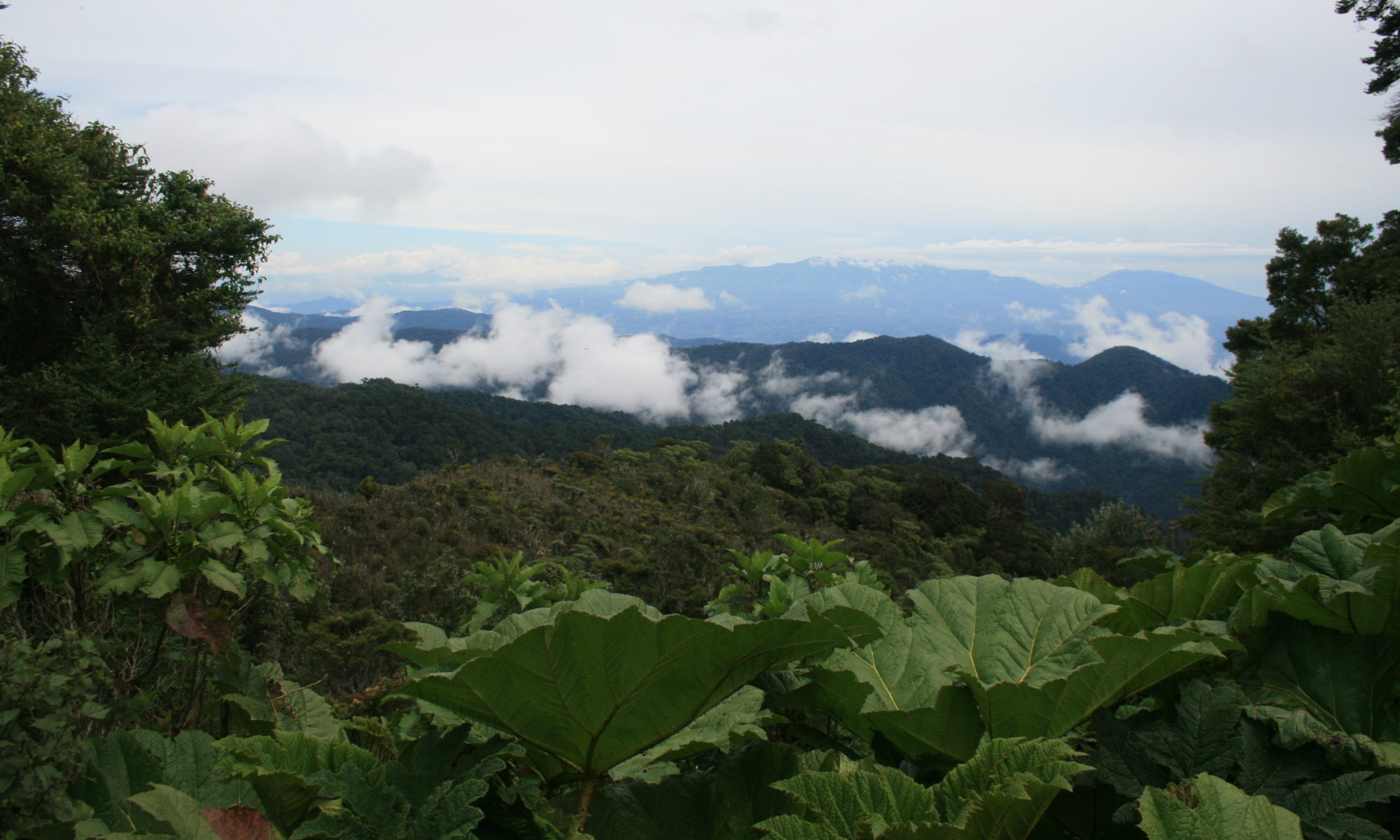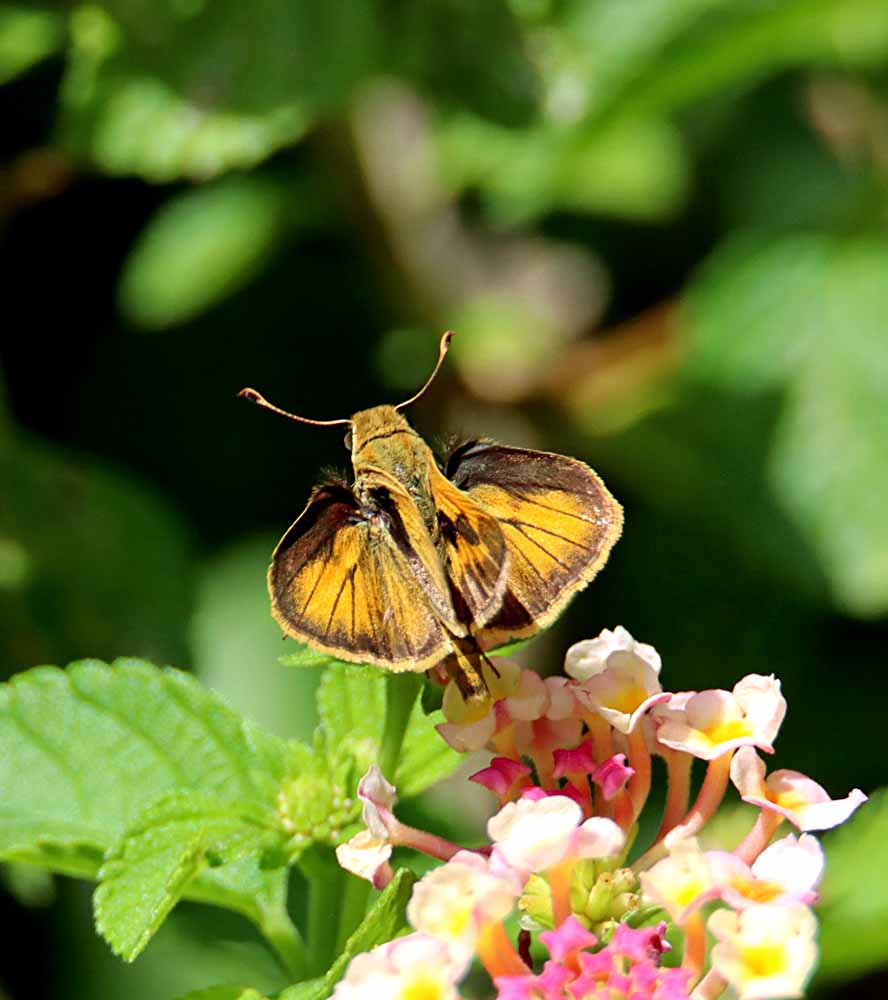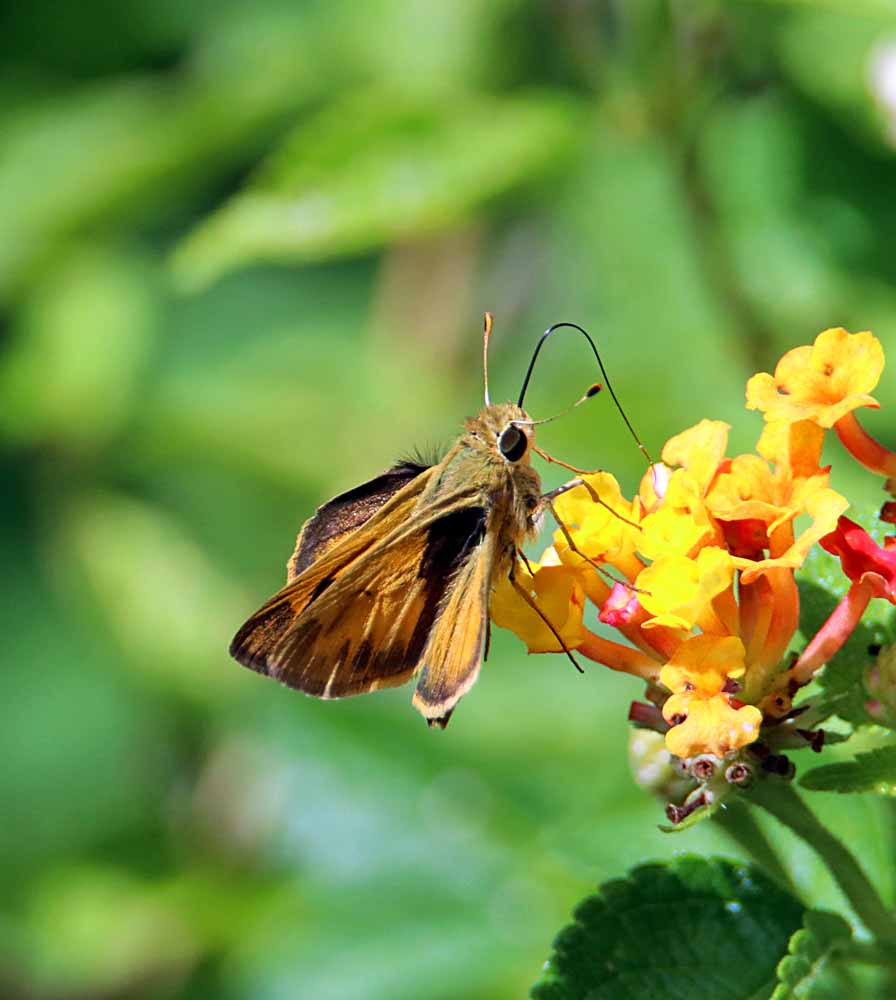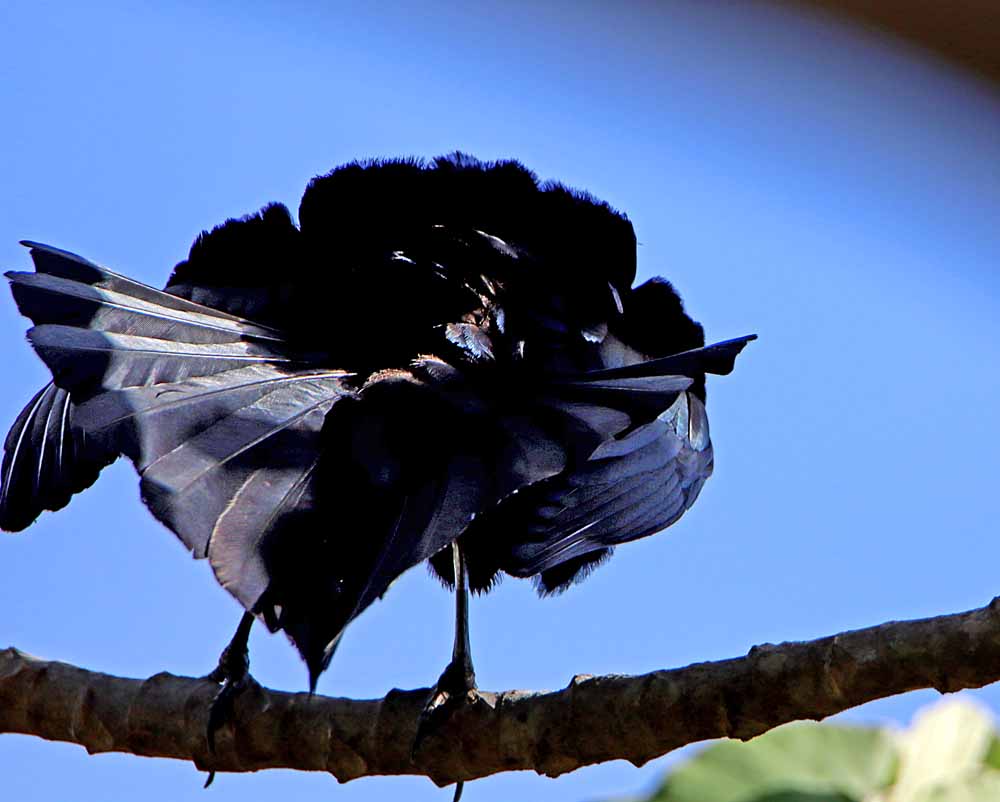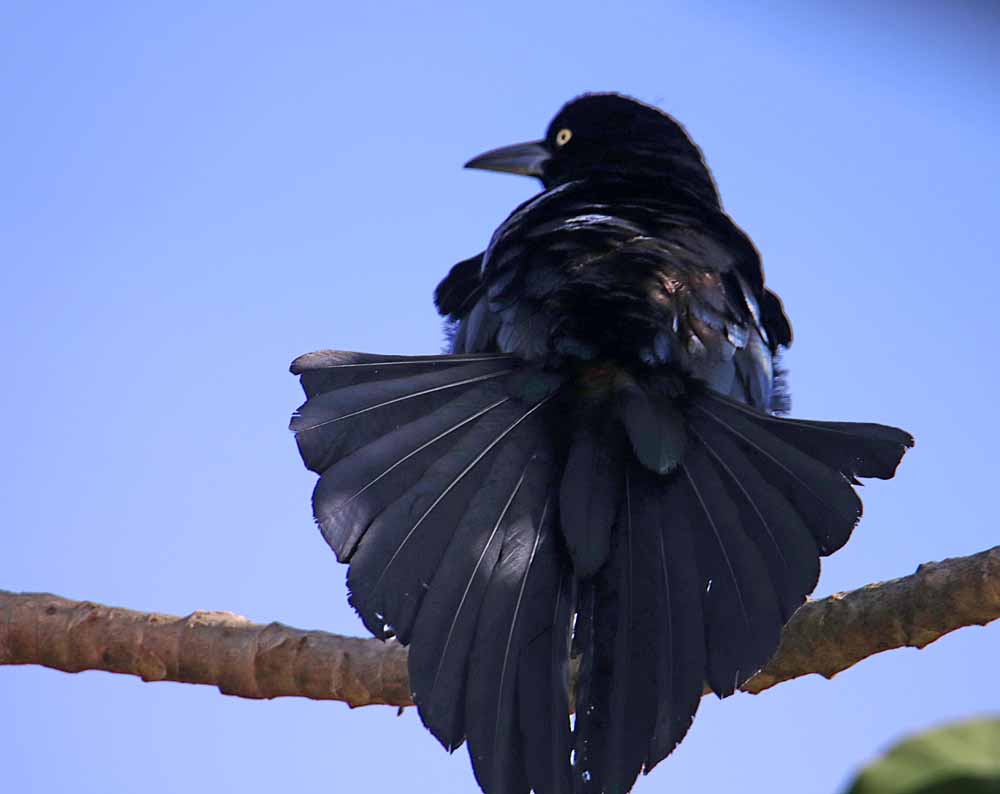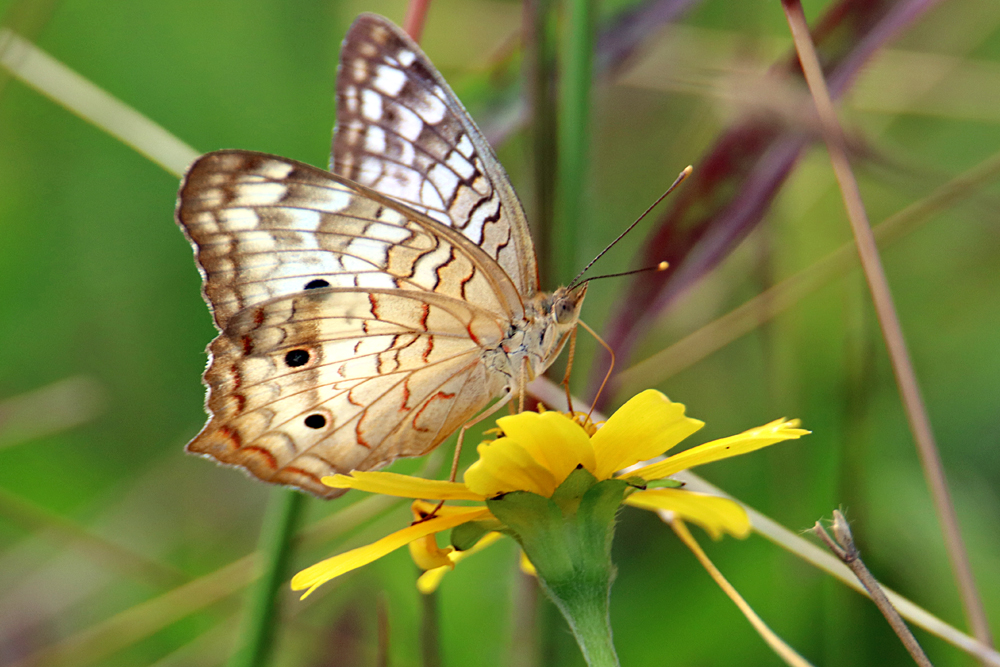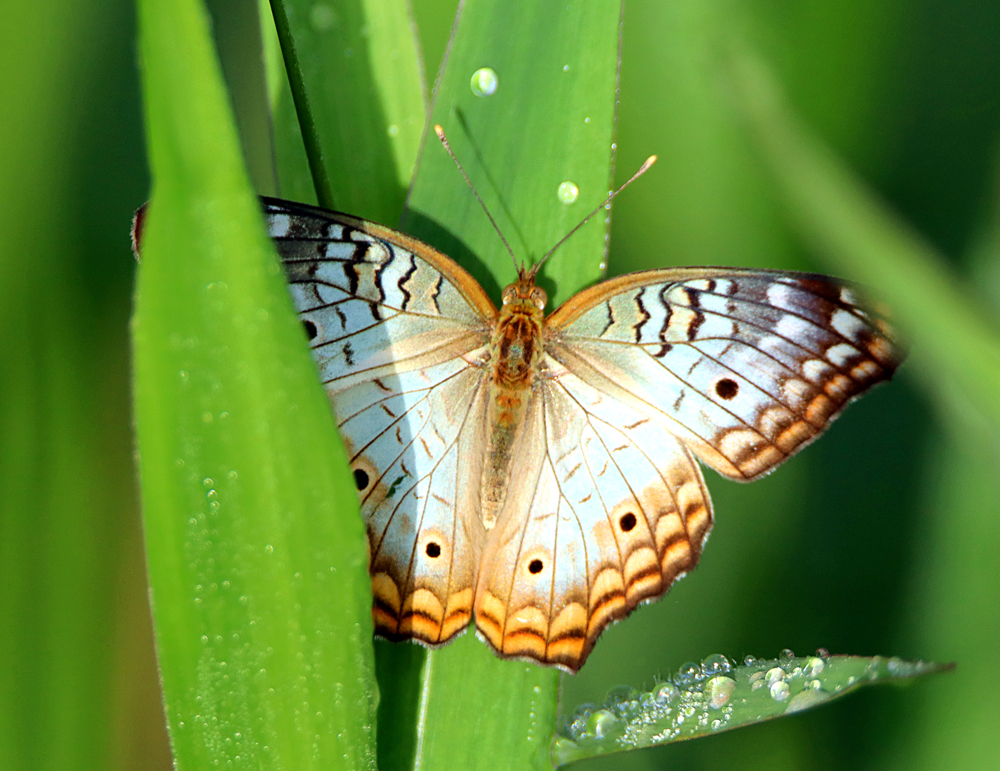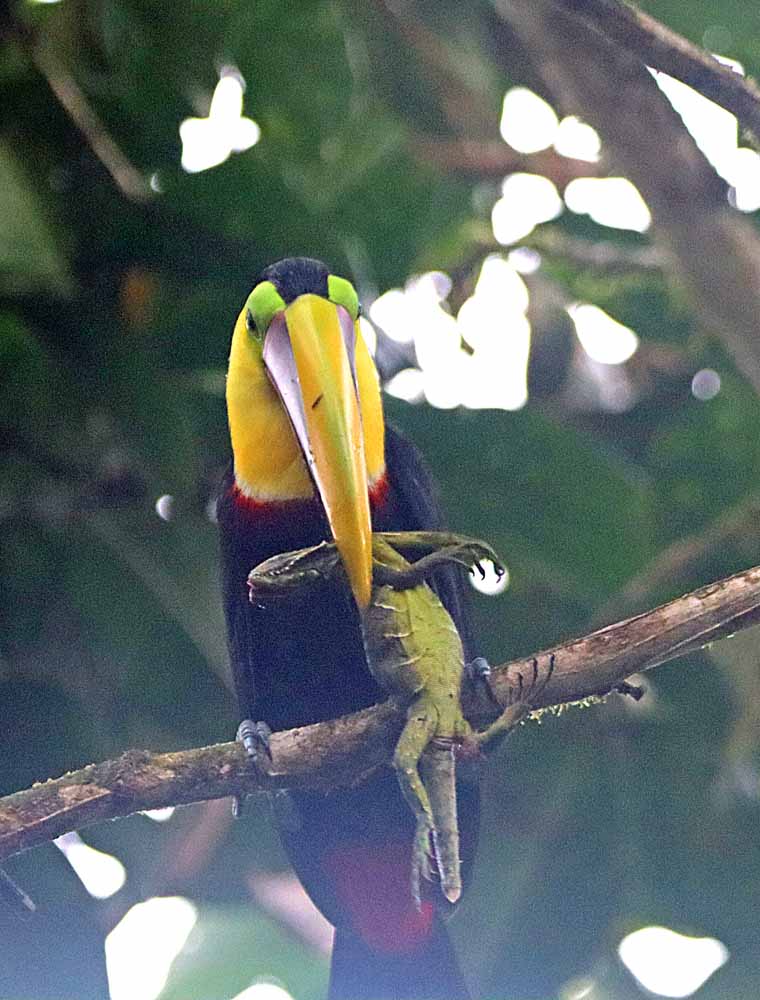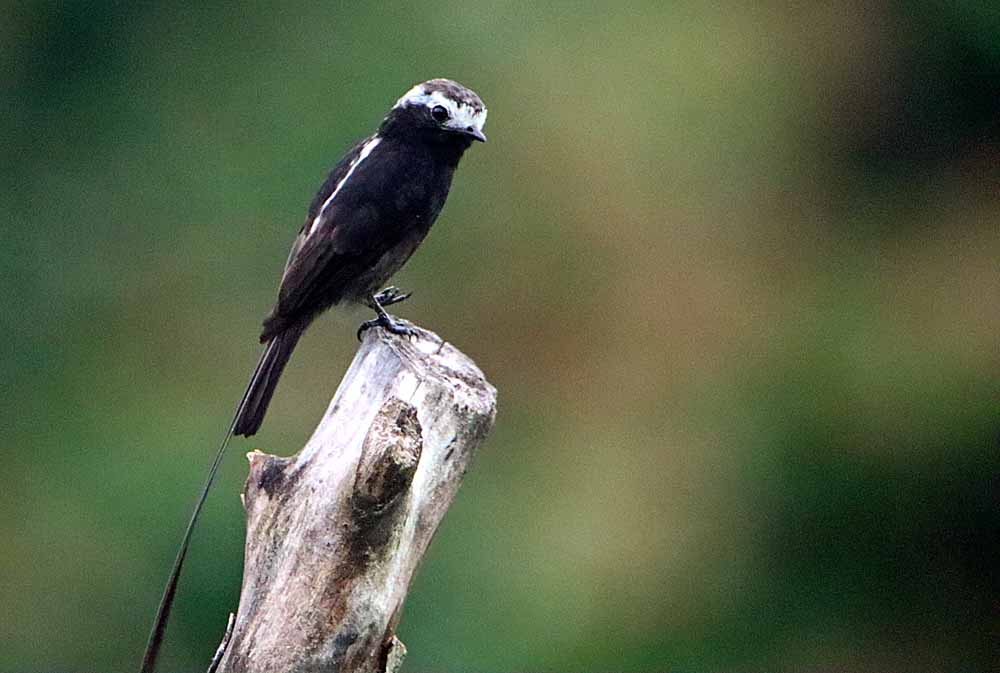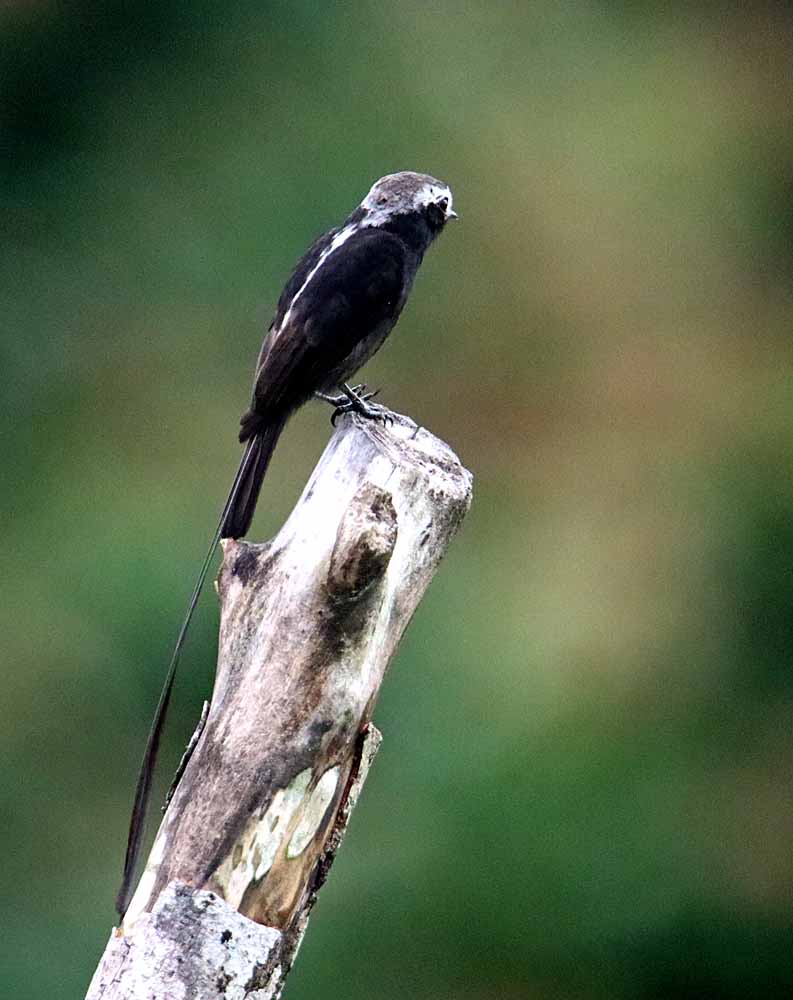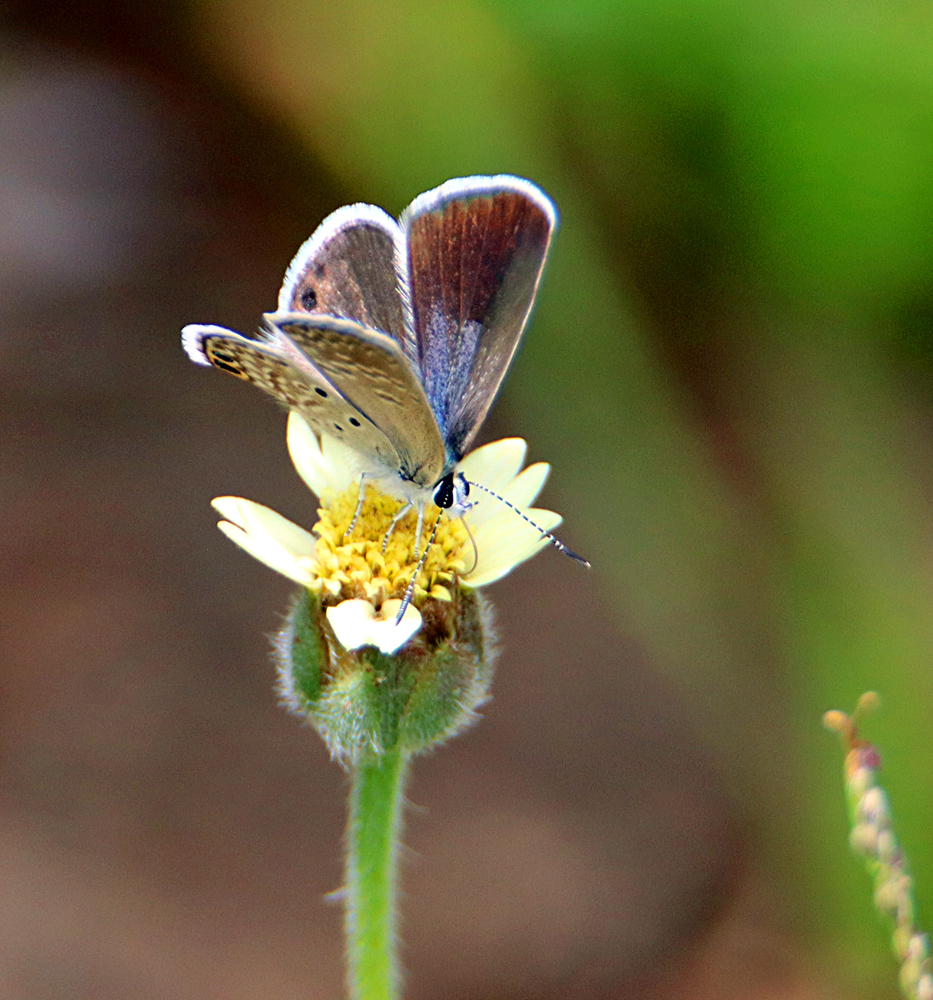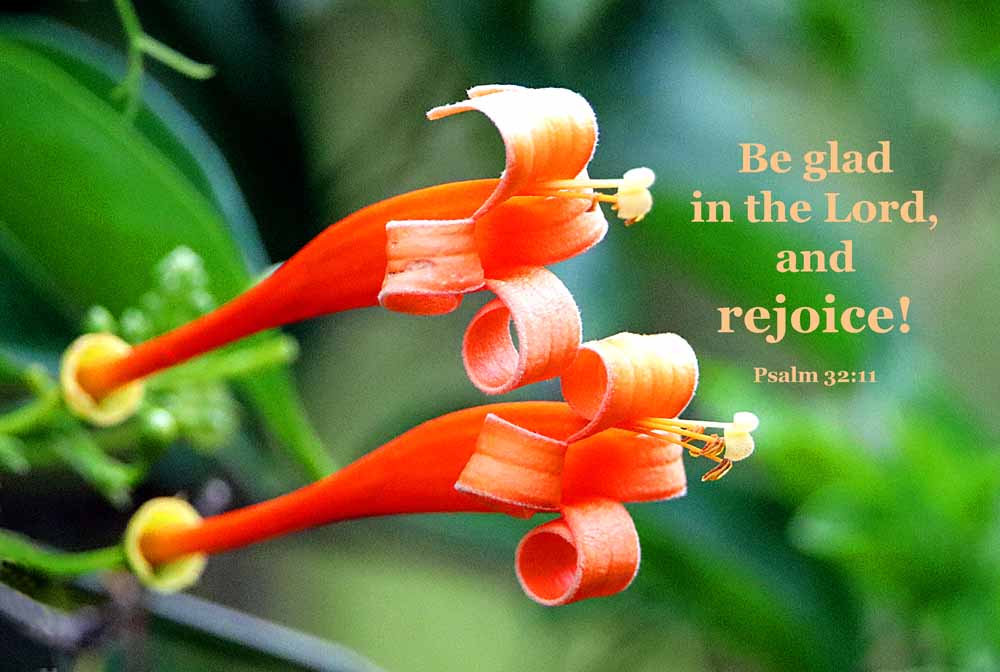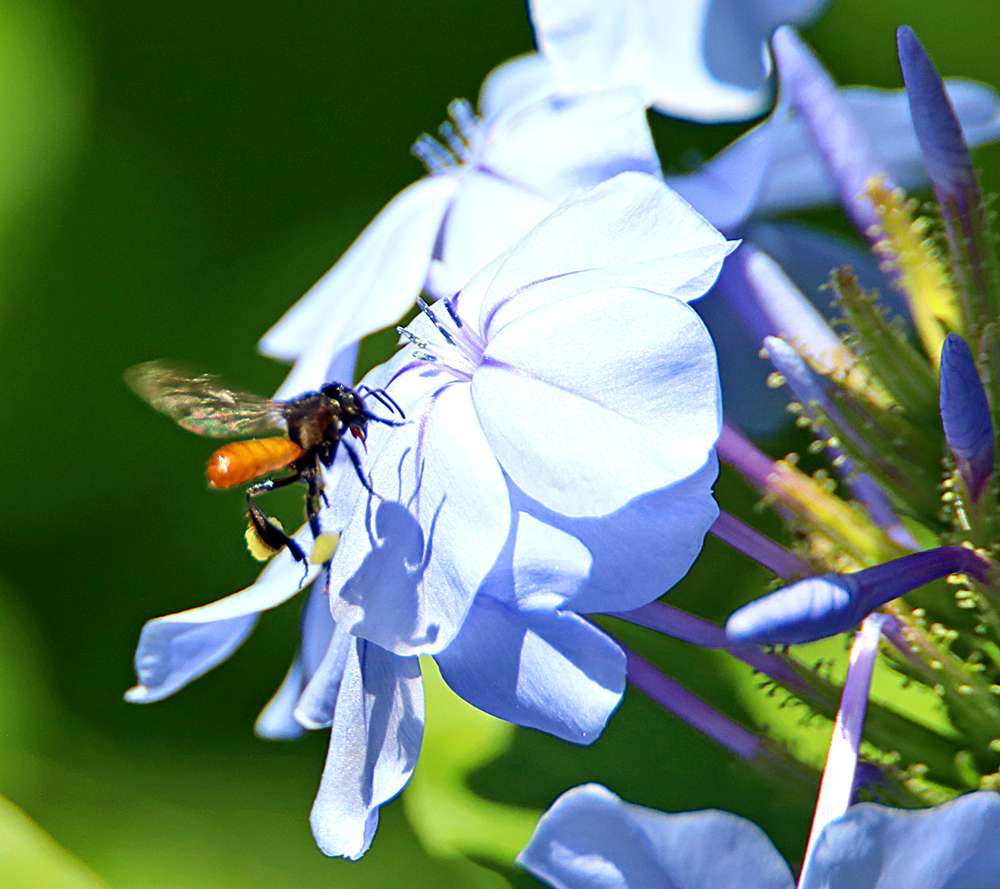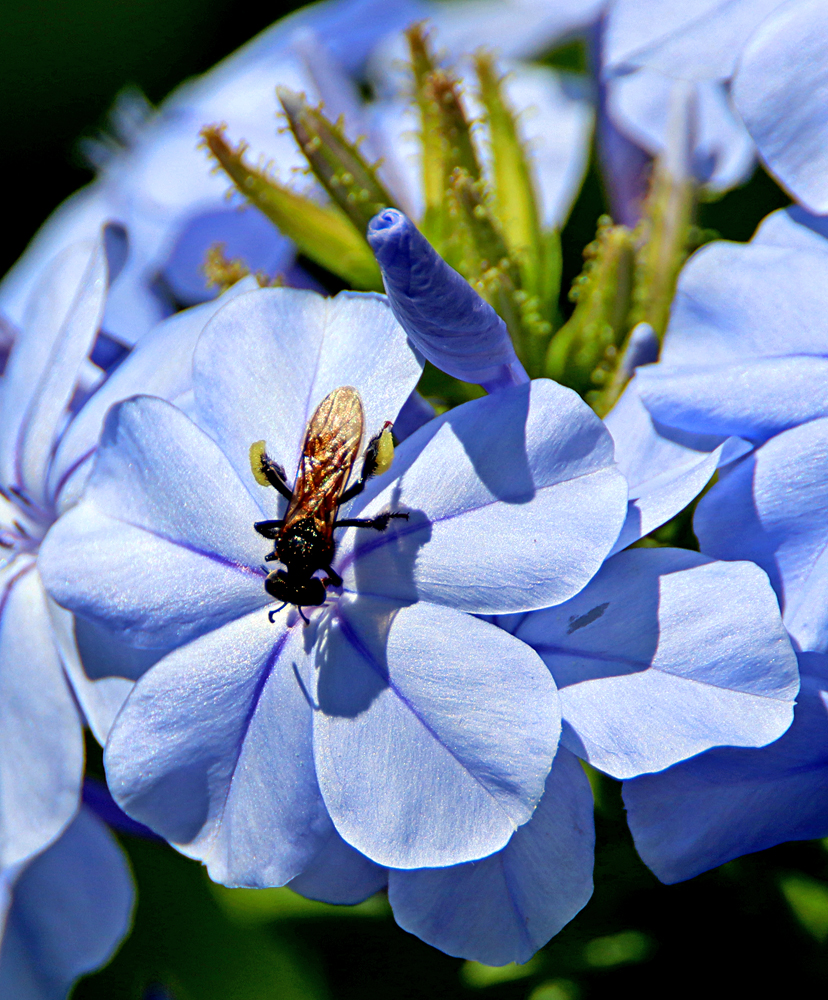This has always been one of my favorite butterflies, even in the states with a slightly different version, seen a lot when in Florida. Here’s two shots of one in my garden the other day . . .
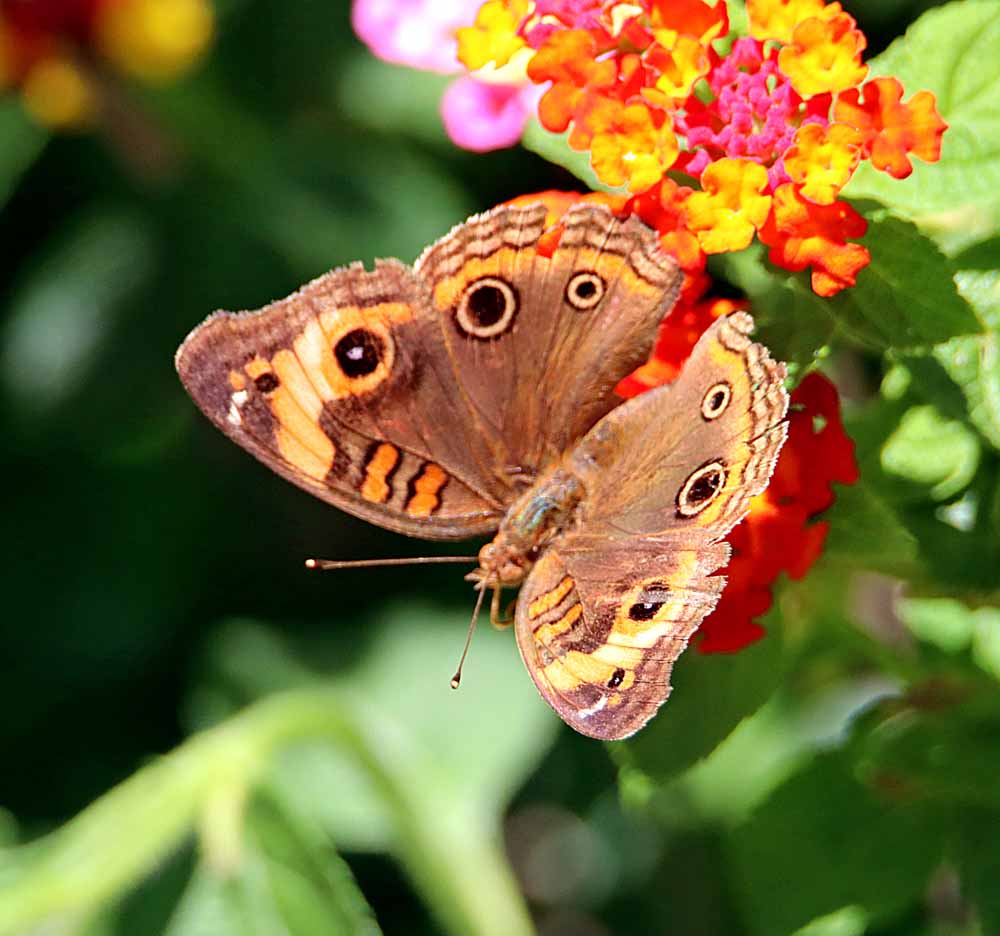
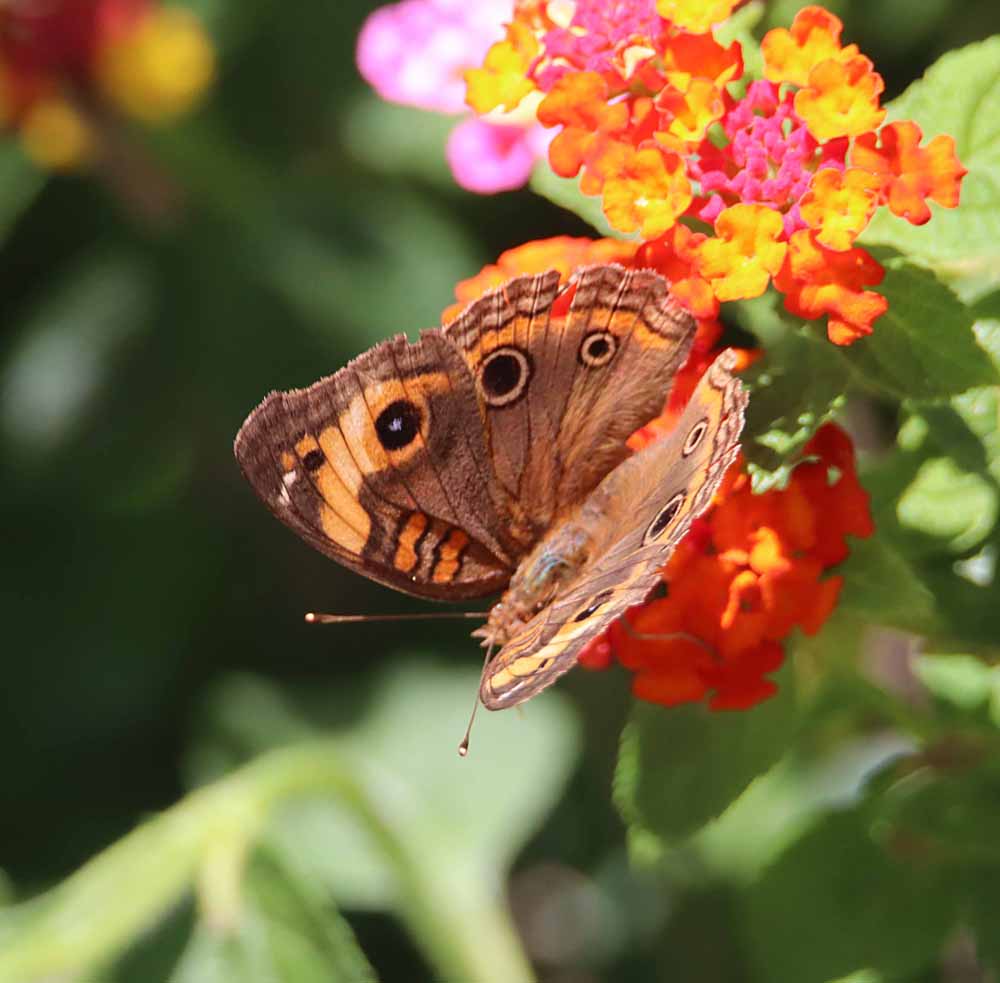
See my Tropical Buckeye Gallery for more photos of this colorful guy! And note that in earlier years here I called it the “West Indian Buckeye” and I was wrong then. All I have seen here are the “Tropical” and theoretically we may have some “Mangrove Buckeye” here, though I’ve not seen one yet. Probably down along the coasts in the mangroves! 🙂
¡Pura Vida!
